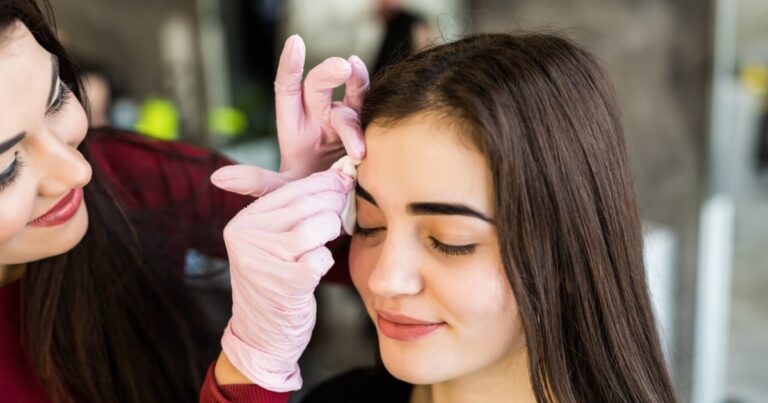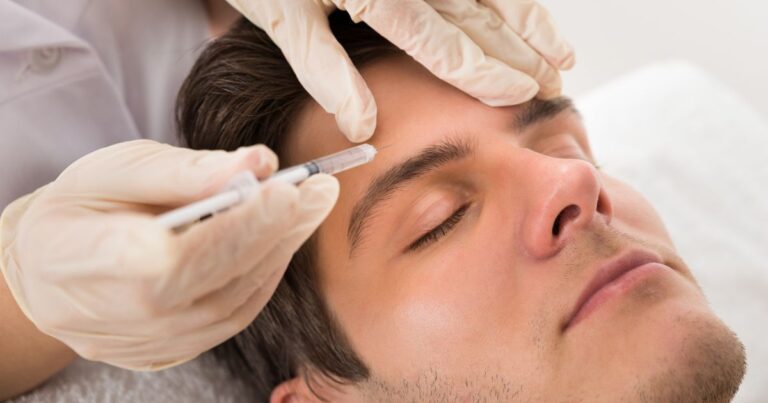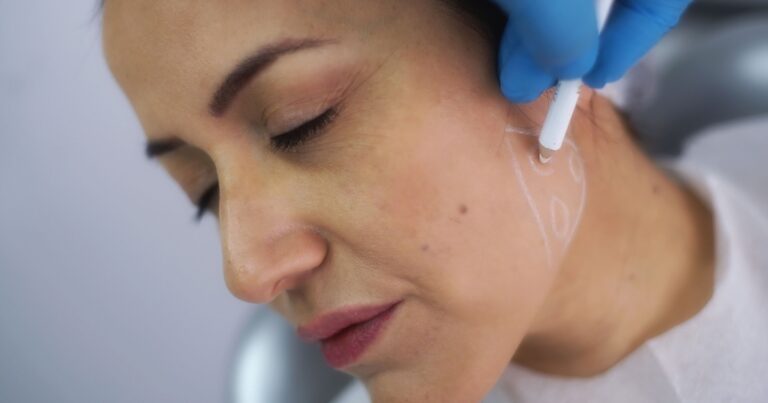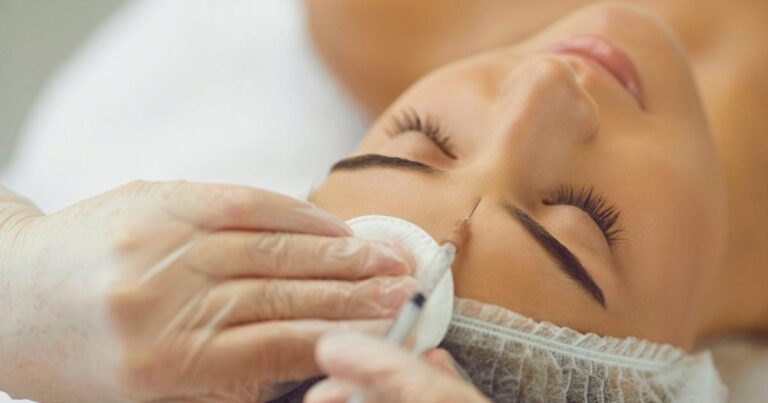Excessive sweating, or hyperhidrosis, is a condition in which a person produces an excessive amount of sweat, beyond what is necessary for regulating body temperature. It can affect various parts of the body, including the underarms, palms, feet, and face, and can have a significant impact on a person’s quality of life.
Botox, or botulinum toxin, is a neurotoxin that is commonly used in cosmetic procedures to reduce the appearance of wrinkles. However, it has also been found to be an effective treatment for hyperhidrosis, providing a long-lasting solution for excessive sweating.
What is Hyperhidrosis?
Hyperhidrosis is a medical condition characterized by excessive sweating that goes beyond what is necessary for regulating body temperature.
There are two types of hyperhidrosis: primary and secondary. Primary hyperhidrosis is not related to an underlying medical condition and typically affects specific areas of the body, such as the underarms, palms, or feet. Secondary hyperhidrosis is caused by an underlying medical condition, such as diabetes or thyroid disease, and can affect the entire body.
How Does Botox Help Treat Hyperhidrosis?
Botox works by blocking the chemical signals that stimulate the sweat glands, reducing the amount of sweat produced in the treated area. The effects of the treatment can last for several months, providing a long-lasting solution for excessive sweating.
Book A Consultation With Dr Tarek Bayazid
Top-rated Plastic Surgeon For Botox in Dubai
Installment Plan Available
Botox treatment for hyperhidrosis has several advantages over other treatments, including its effectiveness, convenience, and low risk of side effects. Unlike other treatments, such as antiperspirants or surgery, Botox treatment provides a long-lasting solution for excessive sweating without the need for daily maintenance.
Am I a Candidate for Botox Treatment for Hyperhidrosis?
Individuals who experience excessive sweating in specific areas of the body, such as the underarms, palms, or feet, may be eligible for Botox treatment. It is important to consult with a medical professional to determine if Botox treatment is appropriate.
Before receiving Botox treatment for hyperhidrosis, individuals should avoid shaving or waxing the area to be treated and should avoid using deodorant or antiperspirant for at least 24 hours before the procedure.
Botox Treatment Procedure
Before the procedure, the treated area will be cleaned and prepared with a topical anesthetic to reduce discomfort during the injections.
The Botox injections are administered using a small needle into the affected area. The number of injections needed will depend on the size and location of the area being treated.
During the procedure, individuals may experience some discomfort or a slight burning sensation. After the procedure, it is normal to experience some swelling or redness at the injection site, which typically subsides within a few hours.
Possible Side Effects and Precautions
Although Botox treatment for hyperhidrosis is generally considered safe, there are some potential risks and complications, including:
- Allergic reaction to the botulinum toxin
- Bruising or bleeding at the injection site
- Muscle weakness or drooping
- Flu-like symptoms
- Infection
B. Precautionary Measures
To minimize the risk of complications, it is important to choose a qualified and experienced medical professional to perform the procedure. Individuals should also disclose any medical conditions or medications they are taking to their healthcare provider before the procedure.
Cost and Results
The cost of Botox treatment for hyperhidrosis can vary depending on the location and size of the area being treated. However, it is generally considered to be an affordable option compared to other treatments.
The cost of Botox treatment varies depending on factors such as the number of injections required and the location of the clinic. On average, a single treatment can cost between $200 and $500.
The effects of Botox treatment for hyperhidrosis typically last for several months, providing a long-lasting solution for excessive sweating. Most individuals report a significant reduction in sweat production in the treated area, leading to improved quality of life and increased self-confidence.
Conclusion
Hyperhidrosis is a medical condition characterized by excessive sweating that can significantly impact a person’s quality of life. Botox treatment has been found to be an effective solution for hyperhidrosis, providing a long-lasting reduction in sweat production.
Botox treatment for hyperhidrosis is a convenient, low-risk, and effective solution for excessive sweating. It provides a long-lasting reduction in sweat production, leading to improved quality of life and increased self-confidence.
It is crucial to consult with a qualified medical professional for advice on the best treatment for Botox for Hyperhidrosis. As this treatment is highly specialized, it is important to find a practitioner who is up-to-date with the latest techniques and developments.
At Dr. Tarek Aesthetics, you can trust our expertise in providing effective solutions for excessive sweating using Botox. Book a consultation and experience relief from hyperhidrosis.







